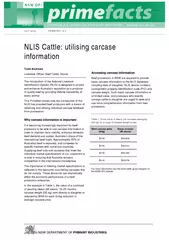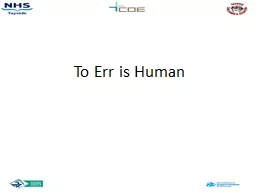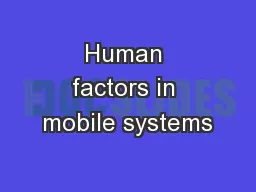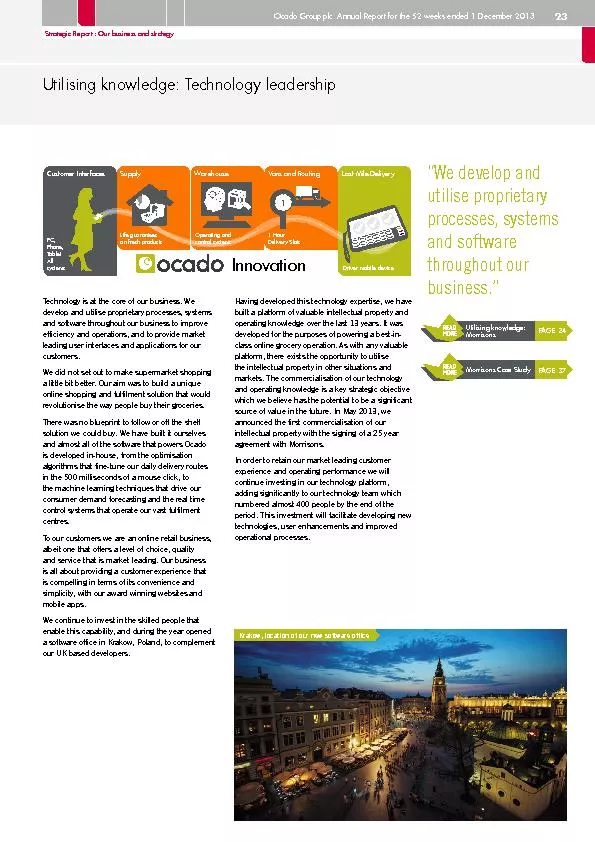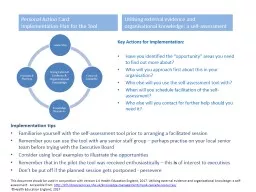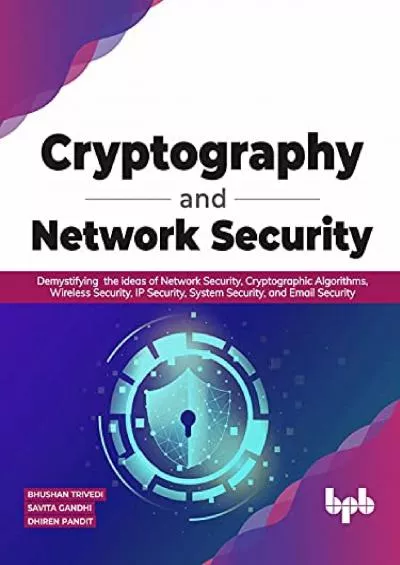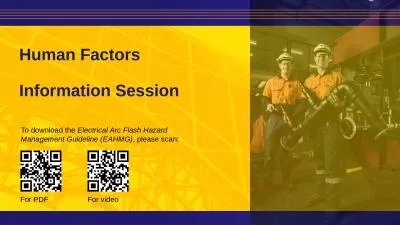PPT-Utilising human factors in the science of security
Author : stefany-barnette | Published Date : 2017-12-17
Adam Beautement Department of Computer Science University College London UK abeautementcsuclacuk Overview Background Limitations of common security outlooks Compliance
Presentation Embed Code
Download Presentation
Download Presentation The PPT/PDF document "Utilising human factors in the science o..." is the property of its rightful owner. Permission is granted to download and print the materials on this website for personal, non-commercial use only, and to display it on your personal computer provided you do not modify the materials and that you retain all copyright notices contained in the materials. By downloading content from our website, you accept the terms of this agreement.
Utilising human factors in the science of security: Transcript
Download Rules Of Document
"Utilising human factors in the science of security"The content belongs to its owner. You may download and print it for personal use, without modification, and keep all copyright notices. By downloading, you agree to these terms.
Related Documents


